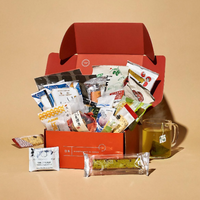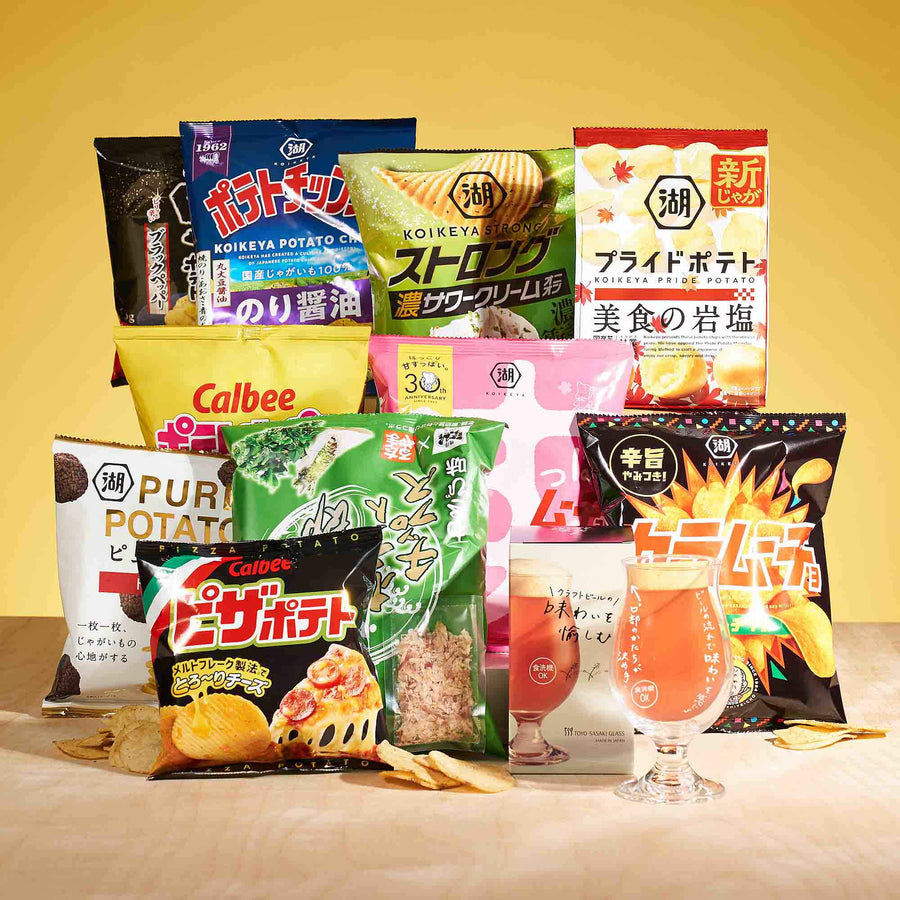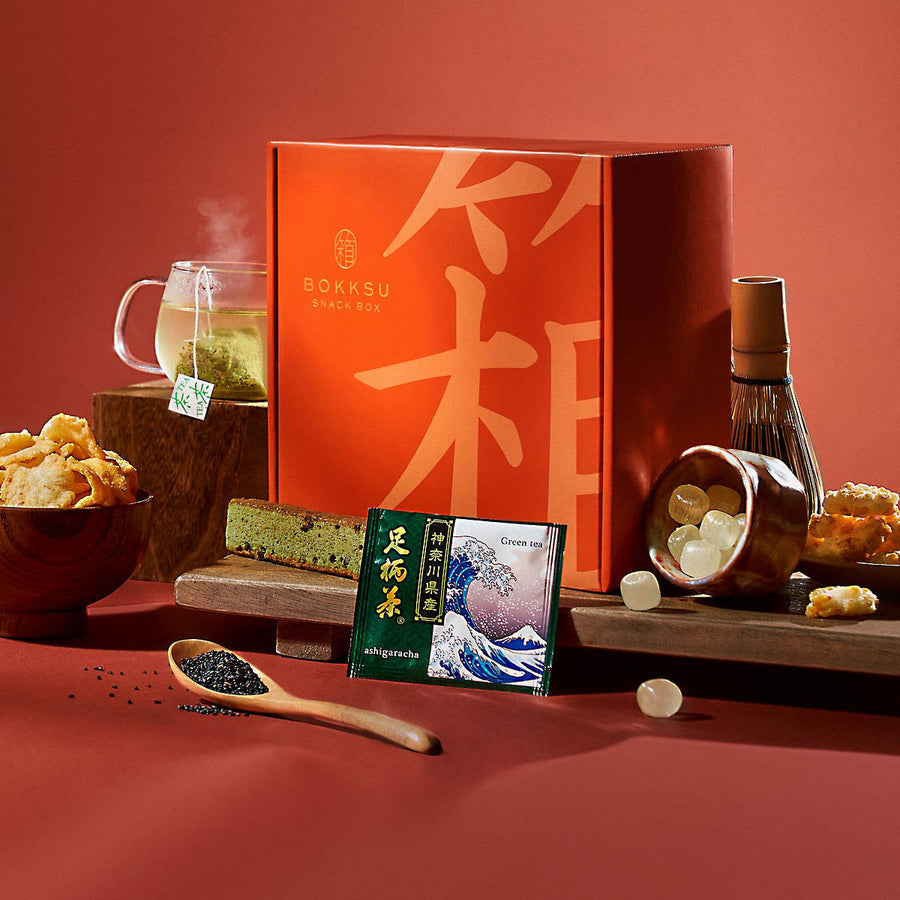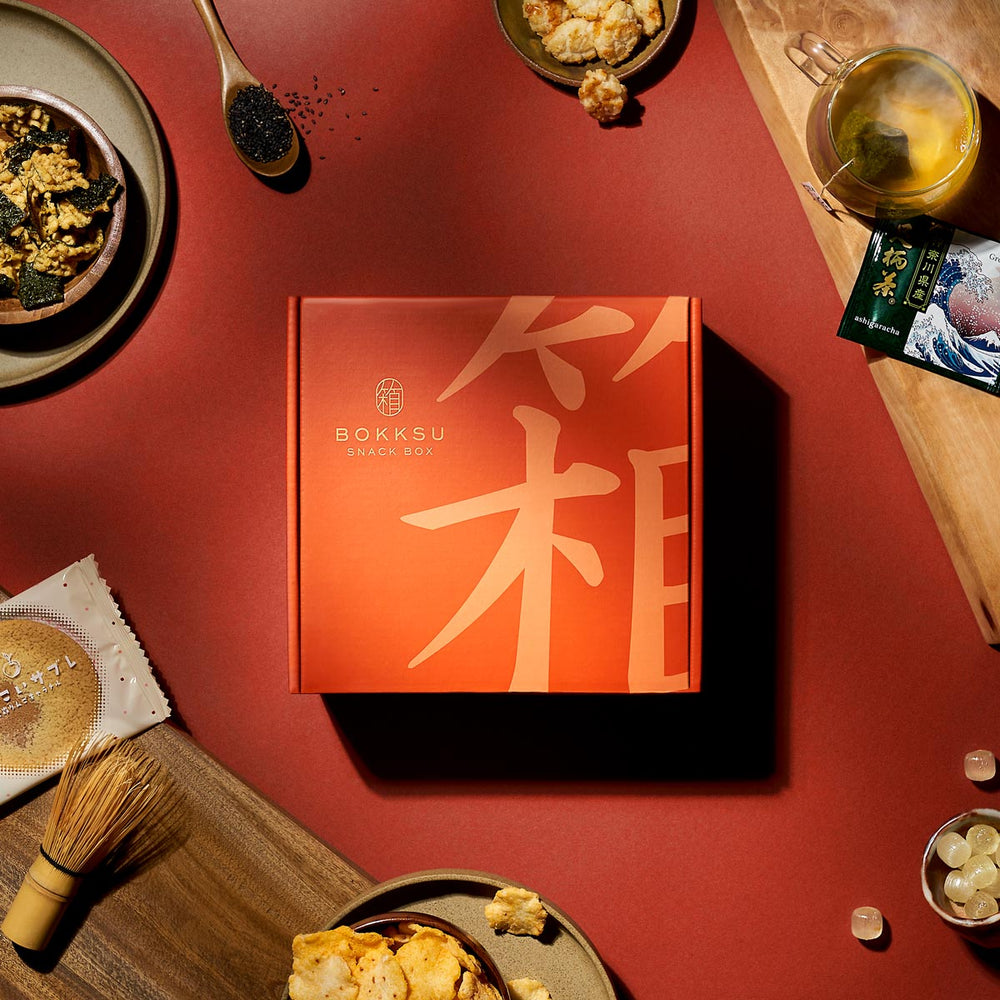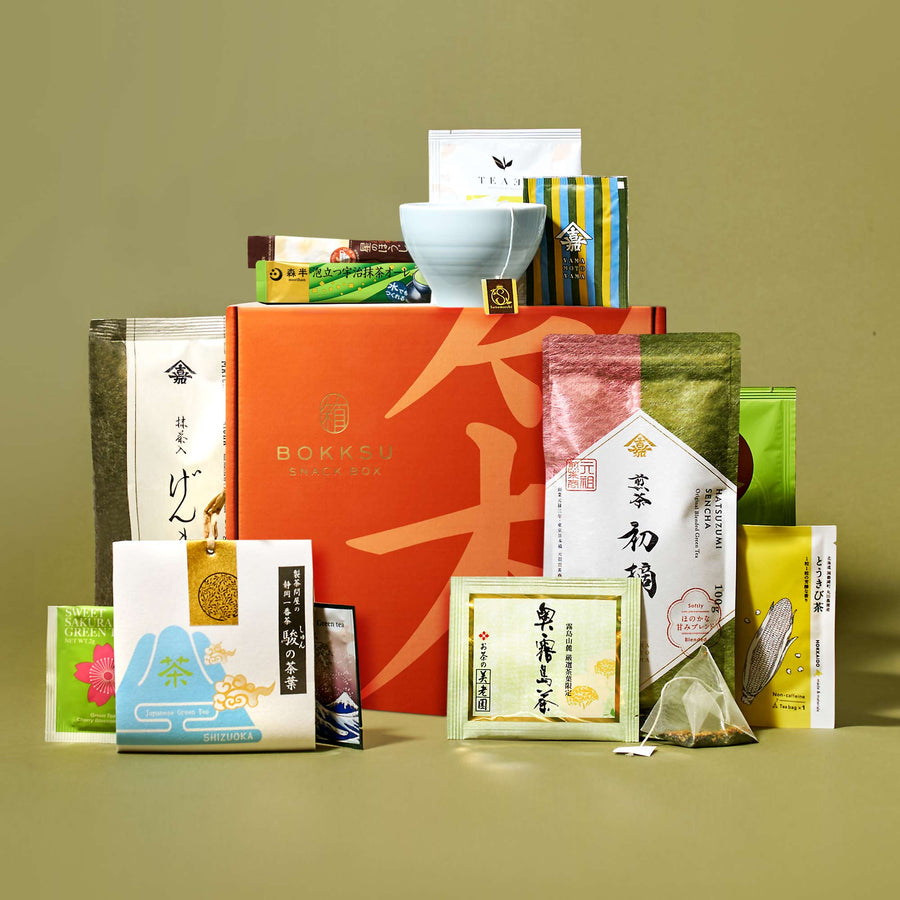Slurp Worthy: A Guide to the Different Types of Japanese Ramen Broths
Introduction: The Soul of Ramen Lies in the Broth

A great bowl of ramen isn’t just about the noodles, it all begins with the broth. The heart and soul of every steaming bowl, ramen broth is what gives it its deep, rich flavor. While instant ramen has made this iconic dish accessible around the world, there’s far more to ramen than just its convenience. All across Japan, different types of ramen have emerged, each shaped and formed by regional traditions and local ingredients. Join us as we embark on a journey through Japan’s diverse ramen broths, where every sip unveils a world of taste, tradition, and culinary artistry.
Shoyu Ramen: The Classic Soy Sauce Base

Shoyu ramen is perhaps the most well known ramen variety, known for its clear brown broth that perfectly balances salty and savory notes with a deep, rich umami taste. This classic dish originated in Tokyo and was first introduced in 1910 by Rairaiken, a pioneering ramen shop in Asakusa. Made with a base of chicken broth and seasoned with Japanese soy sauce, its distinct color and layered complexity set it apart. Traditionally, shoyu ramen is topped with tender pork belly, crisp green onions, bamboo shoots, seaweed, and a soft-boiled egg, creating a bowl that is as visually appealing as it is delicious.
Miso Ramen: Hokkaido’s Comforting Soybean Broth

Miso ramen, a bold and hearty favorite from northern Japan, originated in Sapporo, Hokkaido, in the mid-20th century as a response to the region’s harsh winters. To create a more warming and substantial dish, local chefs developed a richer, more flavorful miso broth using miso paste, setting this ramen apart from other types of ramen. Aji no Sanpei, a well-known Sapporo ramen shop, is often credited with introducing miso ramen with its rich broth made from fermented soybean paste. The taste of miso ramen is layered and complex, featuring a subtle sweetness and a tangy depth from the miso itself. Its thick, hearty broth serves as the perfect base for toppings like ground pork, bean sprouts, green onions, corn, butter, and other rich ingredients. The type of miso paste used, whether white (shiromiso), red (akamiso), or a blend of both always affects the depth and intensity of the flavor. To complement the richness of the miso broth, this style of ramen typically uses thicker, chewy noodles, making each bite a satisfying experience.
Shio Ramen: The Delicate Salt-Based Broth

Shio ramen, the lightest and most delicate of all ramen varieties, offers a refreshing contrast to its rich counterparts. Shio, meaning "salt" in Japanese, reflects its simple yet flavorful broth, made by combining chicken or seafood stock with salt and delicate seasonings like dried fish flakes or nori (seaweed). This creates a pale broth that highlights the natural flavors of the ingredients. Served with thin, delicate noodles, it is traditionally topped with tender pork belly, bamboo shoots, soft-boiled eggs, nori, and fresh green onions. A final sprinkle of sesame seeds adds a subtle nuttiness, enhancing the broth without overpowering its refined flavors.
Tonkotsu Ramen: Rich and Creamy Pork Bone Broth

Tonkotsu ramen, a cherished specialty from southern Japan, is famed for its rich and creamy broth, created by simmering pork bones to extract collagen. This iconic ramen style traces its roots to Fukuoka in the 1930s and is commonly known as Hakata ramen, named after the district where it first became popular. The secret to tonkotsu broth lies in its slow-simmering process, where pork bones are boiled for hours, releasing marrow and collagen that give the soup its deep umami flavor and signature milky texture. This rich broth is traditionally paired with thin, firm noodles that maintain their bite and complement the dish’s toppings, which often include tender pork belly, crisp bean sprouts, and other flavorful additions.
Seafood-Based Broths: Briny, Bold, and Umami-Packed

Seafood-based broths add a distinctive briny umami richness to the world of ramen. It's especially popular in Tokyo and other coastal regions, where these broths capture the flavors of the sea in every bowl. Typically made with ingredients like dried fish, bonito flakes, or clams, they infuse the soup with layers of umami-rich seafood flavors. A well-known example is Onomichi Ramen, a specialty from Hiroshima Prefecture’s Onomichi city. This style features a soy sauce-based broth combined with a seafood stock made from niboshi (dried small fish), creating a savory and flavorful base that enhances the natural sweetness of the sea.
In some variations, seafood flavors are blended into classic ramen broths like shio or shoyu, combining the best of both worlds. One standout dish is Clam Ramen, which typically comes in two versions: a shio (salt-based) broth or a soy sauce-infused alternative. This dish is often topped with delicate ingredients such as tender chicken, ham, chashu (braised pork), sweet shallots, and even sea urchin eggs for an extra burst of oceanic richness. Seaweed ties everything together, enhancing the broth’s natural saltiness and depth.
Vegetarian and Vegan Broths: Plant-Based Possibilities

Ramen has expanded beyond its traditional meat-based broths to embrace a variety of vegetarian and vegan options that are just as flavorful and satisfying. These plant-based broths prove that you don’t need meat to achieve depth and richness. Ingredients like mushrooms, miso, and kombu (kelp) create complex, hearty broths that capture the essence of ramen while catering to plant-based eaters. Mushroom-based broths, particularly those made with shiitake, provide a deep, earthy richness that mirrors the depth of meat-based stocks. Miso-based broths blend fermented bean paste with tofu or roasted vegetables, resulting in a robust, slightly tangy flavor. Meanwhile, kombu-based broths, often paired with other vegetables, offer a clean, subtly briny taste that enhances the natural sweetness of the sea. As the demand for plant-based options continues to grow, vegetarian and vegan ramen push culinary creativity, proving that great ramen is all about achieving the perfect balance of flavors, whether it includes meat or no meat.
Regional Broth Variations Across Japan

Japan's ramen culture is as diverse as its landscape, with each region boasting its own distinct broth variations that highlight local flavors and ingredients. While Kyushu’s tonkotsu ramen, Sapporo’s miso ramen, and Kitakata’s shoyu ramen are among the most famous, countless other unique regional styles have been crafted by dedicated ramen chefs who continuously refine their recipes.
In Asahikawa in Hokkaido, Asahikawa Ramen is distinguished by its oily, soy sauce-based broth. A layer of flavored oil helps retain heat in the region’s harsh winters, resulting in a rich and warming bowl. The broth, often a blend of pork, chicken, and seafood, is paired with thin, wavy noodles that soak up the deep, umami flavors. Further south, Toyama Black Ramen delivers a striking and intensely bold experience, with its nearly black broth created by a generous amount of black soy sauce. Originally developed as a hearty meal for laborers, this ramen is intensely salty and deeply savory, typically served with thick, chewy noodles and a generous sprinkling of ground pepper.
Meanwhile, Kitakata Ramen, hailing from Fukushima, presents a lighter take on shoyu ramen featuring a broth made from dried sardines and pork bones. The result is a delicate yet flavorful soup that pairs beautifully with the region’s signature thick, flat, and firm noodles. These regional variations showcase how ramen is more than just a dish, it’s a reflection of local culture, climate, and the ingenuity of ramen chefs who continue to push the boundaries of flavor and technique across Japan.
Choosing the Right Noodles for Each Broth

The perfect bowl of ramen isn’t just about the broth, the choice of ramen noodles is essential in achieving the ideal texture and balance. Typically made from wheat flour, ramen noodles vary in thickness, shape, and firmness to complement different types of broths. Light, delicate broths like shio ramen pair best with thin, straight noodles, allowing the subtle flavors of the broth to shine without being overpowered. On the other hand, thicker, chewy noodles are perfect for heartier broths like miso ramen, as they can withstand the rich, nutty miso base and absorb its deep umami notes. Curly noodles are often matched with oil-rich broths, such as Asahikawa Ramen, since their wavy texture helps catch and retain the flavorful oils. Meanwhile, ultra-thin, firm noodles define Hakata-style tonkotsu ramen, allowing the silky, collagen-rich tonkotsu broth to cling to each strand while maintaining a satisfying bite. Ultimately, choosing the right noodle ensures that every element of the bowl of ramen works in harmony, enhancing both flavor and texture for a perfectly balanced experience.
Conclusion: Finding Your Favorite Bowl Starts with the Broth

In Japan a bowl of ramen presents a journey through its rich culinary landscape, where every region offers its own unique interpretation of this beloved dish. From the creamy richness of tonkotsu to the nutty depth of miso, each ramen style tells a story through its flavors, textures, and ingredients. The best way to truly appreciate ramen is to step into different ramen shops, slurp up new flavors, and find your personal favorite. From bustling ramen bars to hidden gems in small towns, every bowl is a chance to savor the passion and creativity of Japan’s ramen chefs. So grab your chopsticks, explore the countless broth variations, and embark on a delicious journey through one of Japan’s most cherished culinary traditions.
Take your ramen experience to the next level with Bokksu Boutique! Pair your favorite broth with delicious Japanese snacks and drinks for a complete dining experience, or find the perfect ramen bowl to serve it in, all available at Bokksu Boutique.














